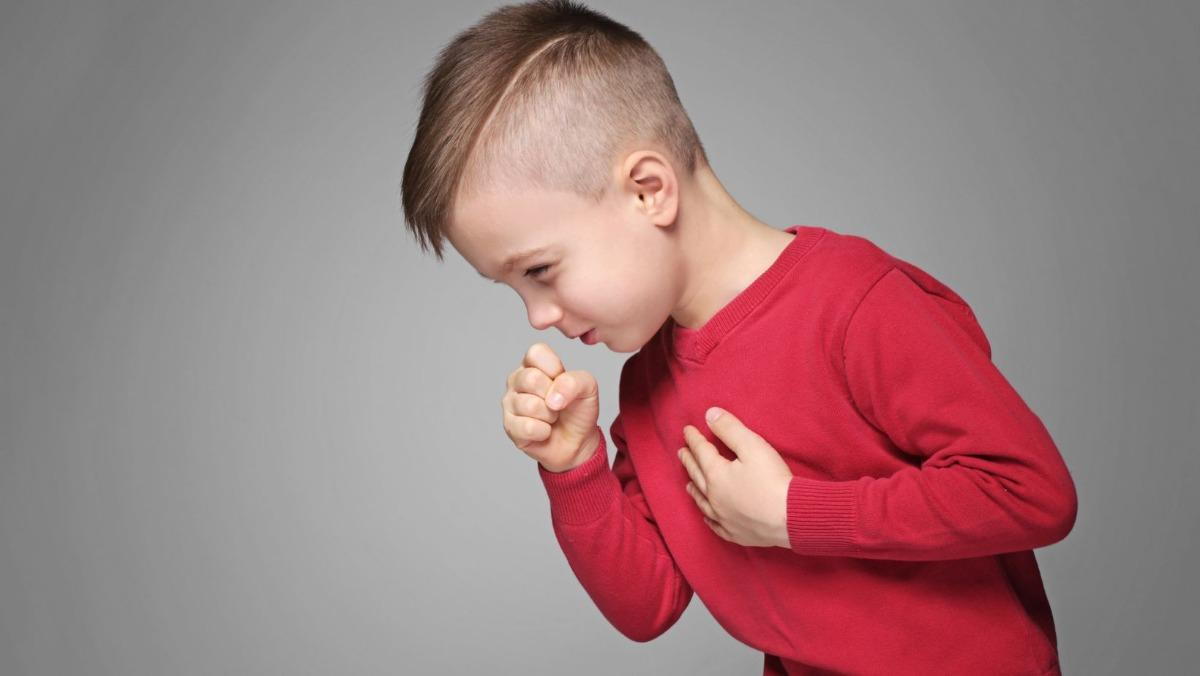
Summer is a magical time for kids – school’s out, the sun is shining, and there’s a world of adventure waiting just outside the door. From backyard barbecues to beach trips, summer offers endless opportunities for fun. But with all the excitement comes a unique set of health challenges that parents need to be aware of. As temperatures rise, so do the most common illnesses that can put a damper on your child's summer plans.
At Kidsville Pediatrics, we understand that keeping your kids healthy and happy during these sunny months is a top priority. That’s why we’ve put together a guide to help you navigate the common issues that pop up during this season. Whether it’s the impact of too much sun, outdoor pests, or even the occasional mishap during play, knowing what to look out for can make all the difference.
You might not think of summer as a time when certain health concerns are a risk, but these challenges don’t take a vacation. Simple activities like playing in the pool or running around the park can sometimes lead to unexpected problems that every parent should be prepared for.
Minor yet equally annoying issues like spending too much time under the sun or getting a little too enthusiastic at the playground can put a pause on the fun. With a little preparation and know-how, these common summer complaints can be easily managed – and even prevented. We aim to equip you with practical tips and strategies to protect your little ones from these summertime setbacks, ensuring they enjoy every moment of the season to the fullest.
So, grab a cold drink, settle into a shady spot, and read on to discover how you can keep your kids safe and healthy all summer long!
10. Hand Foot and Mouth (Coxsackie)
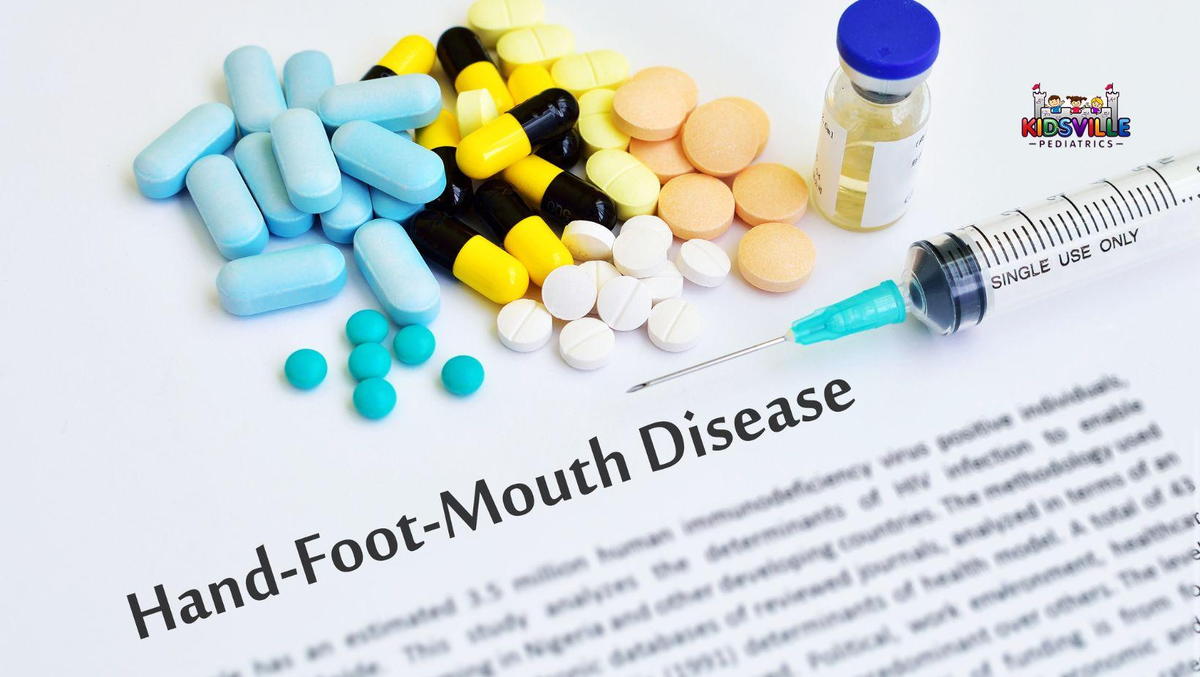
When your little one comes home with a fever, reduced appetite, or a sore throat, it’s easy to worry. These symptoms can be the first signs of coxsackievirus, more commonly known as Hand Foot and Mouth Disease (HFMD). It's a common viral infection that often affects young children, especially those under five. You’ll notice small, painful red spots in their mouth, and maybe even on their hands and feet. These can sometimes blister, making it uncomfortable for your child to eat or walk.
Keeping an eye on your child’s hydration is crucial. With a sore mouth, they might not want to drink or eat, which can quickly lead to dehydration. Offer them plenty of fluids, like water, milk, or even popsicles, which can also soothe their sore throat. Soft foods like yogurt, applesauce, or smoothies can be more appealing and easier to manage than solids.
HFMD is highly contagious, spreading through coughing, sneezing, or contact with contaminated surfaces. To protect other family members, encourage frequent hand washing with soap and water. Disinfect common surfaces and avoid close contact, like hugging and kissing, until your child is better. It’s also a good idea to keep them home from daycare or school to prevent spreading the virus to other children.
You might also notice your child feeling more irritable or tired than usual. Ensuring they get plenty of rest is essential for a speedy recovery. Over-the-counter pain relievers like ibuprofen or acetaminophen can help manage fever and discomfort, but always consult your pediatrician before giving any medication. If you have any concerns or need advice, the team at Kidsville Pediatrics Southlake is always here to help.
There’s no specific treatment for HFMD, but with care and patience, your child will start feeling better within a week to ten days. Remember, maintaining good hygiene and being vigilant about symptoms can help prevent future outbreaks. For any further guidance, don’t hesitate to reach out to Kidsville Pediatrics Southlake, where your child’s health and well-being are our top priorities.
9. Food Poisoning

Kids love to explore, but their adventurous spirit might lead them to food that's been left out too long in the sun, or not stored properly. These scenarios increase the risk of food poisoning, a common concern during this season.
Children's immune systems are still developing, making them more vulnerable to foodborne illnesses than adults, especially during summer. Symptoms can range from mild stomach discomfort to more severe vomiting and diarrhea. Dehydration is also a concern, so it's crucial to monitor your child's fluid intake if they show signs of illness. Prevention is key, as is often advised by pediatrician Southlake TX experts, especially when enjoying outdoor activities.
When packing for outings, opt for foods that are less perishable and easier to transport safely, like sandwiches with sealed ingredients or fresh fruit. Keep cold items in a cooler with ice packs, and discard anything that's been sitting out for too long. Remember to wash hands before handling food, especially in outdoor settings where cleanliness can be a challenge.
Teaching your child about food safety can also be a fun way to engage them in healthy habits. Explain why it's important to eat food that's been stored properly and how to recognize signs of spoilage. Encourage them to drink plenty of water throughout the day, especially when it's hot.
By taking these simple precautions, you can ensure that your family's summer adventures are filled with fun and good health. Stay vigilant, stay hydrated, and enjoy the season knowing you're keeping your kids safe from summer food poisoning.
8. Headaches and Migraines

Headaches and migraines can be tough for kids to deal with. They might not always understand why their head hurts so much, and it can be frustrating for both them and you. Headaches in children can stem from various reasons, like stress, dehydration, or even too much screen time. Migraines, which are more intense and often come with symptoms like nausea or sensitivity to light, can be especially disruptive.
As a parent, it's important to pay attention to your child's headaches. Keep track of when they occur and any patterns you notice. Sometimes, simple changes like ensuring they drink enough water throughout the day or take breaks from activities can help. If headaches become frequent or severe, it's a good idea to talk to a pediatrician in Southlake TX. They can help determine if there's an underlying cause that needs attention.
When a migraine hits, comfort is key. Creating a calm, quiet environment can make a big difference. Encourage your child to rest in a dimly lit room and offer them a cool cloth for their forehead. Over-the-counter pain relievers, if approved by their doctor, can also provide relief.
Understanding your child's headaches and migraines is the first step in helping them manage and cope. By working together and seeking guidance from a pediatrician, you can find ways to alleviate their discomfort and ensure they stay healthy and happy.
7. Sunburn
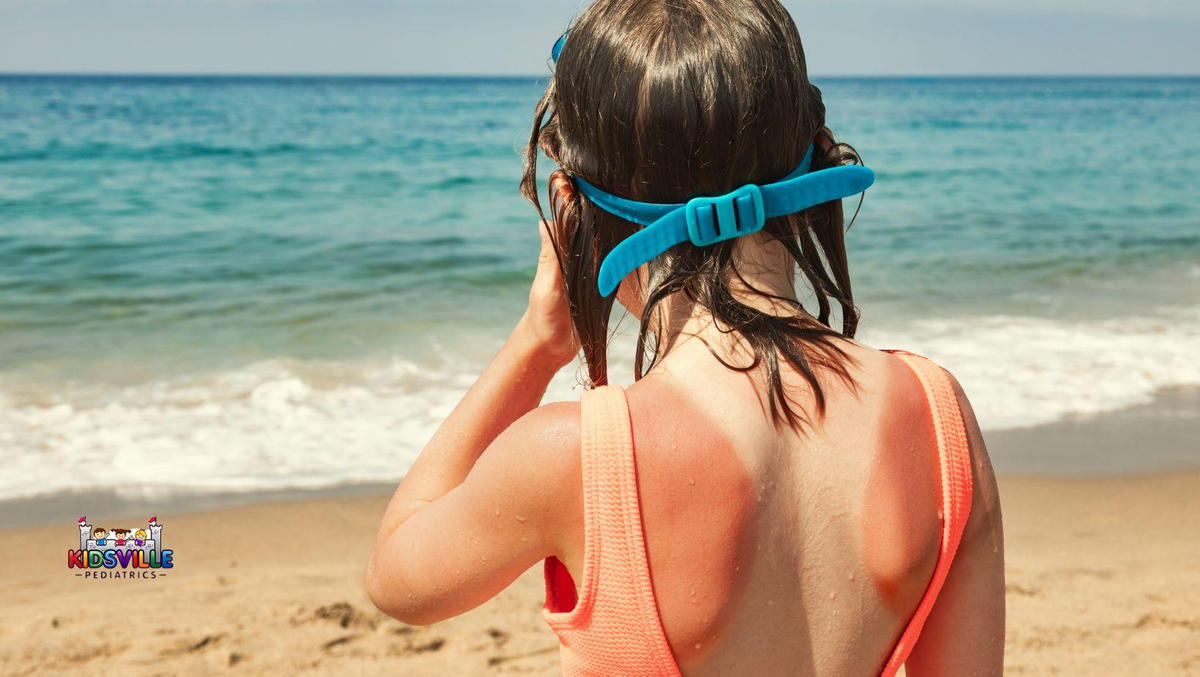
Summer sunburns are no fun, especially for kids who just want to play outside. The sun's rays can be harsh, and children's delicate skin is more susceptible to burns than adults'. Even on cloudy days, UV rays can penetrate and cause damage. Sunburns not only hurt but can also increase the risk of skin cancer later in life.
As a parent, protecting your child from sunburn starts with prevention. Make sunscreen a part of your daily routine, applying it generously and reapplying every few hours, especially after swimming or sweating. Opt for a broad-spectrum sunscreen with an SPF of 30 or higher, and don't forget to cover areas like the ears, nose, and tops of feet.
Choosing the right clothing can also help. Lightweight, long-sleeved shirts and pants made from tightly woven fabrics offer great protection. Wide-brimmed hats that shade the face, ears, and neck are also a good idea.
Timing matters too. Try to avoid the sun during its peak hours, typically from 10 a.m. to 4 p.m., when UV rays are strongest. If outdoor activities are a must, seek shade under trees, umbrellas, or pop-up tents.
Despite your best efforts, sunburns can still happen. If your child does get sunburned, soothe their skin with cool baths, moisturizing lotions (avoiding products with alcohol), and give them plenty of water to drink. Over-the-counter pain relievers can help with discomfort if needed.
Remember, protecting your child from sunburn isn't just about comfort—it's about their long-term health. By taking simple steps to shield them from the sun's harmful rays, you can ensure they enjoy a safe and sunburn-free summer.
6. Heat Stroke (Hyperthermia)

During summer, keeping your kids safe from hyperthermia, or overheating, is crucial. Kids are more susceptible to heat-related illnesses because their bodies regulate temperature differently than adults'. When it's hot outside, especially in places like Southlake, TX, where summers can be scorching, it's important to be vigilant.
Hyperthermia can range from mild heat cramps to more serious conditions like heat exhaustion or heat stroke. Symptoms may include excessive sweating, fatigue, dizziness, nausea, and flushed skin. If your child shows signs of overheating, it's essential to act quickly.
Start by moving them to a cool, shaded area and encouraging them to rest. Offer water or a sports drink to help replenish electrolytes lost through sweating. Loosen tight clothing and use cool, wet cloth or towels to help lower their body temperature.
Prevention is key, especially during the hot summers. Dress your child in lightweight, loose-fitting clothing that allows for airflow. Hats and sunglasses can also provide protection from the sun. Schedule outdoor activities during the cooler parts of the day, like early morning or evening, and take frequent breaks in the shade to cool down. It's crucial to stay vigilant with these measures to avoid heat-related illnesses.
Never leave a child unattended in a parked car, even for a few minutes. The temperature inside a car can rise dangerously quickly, leading to heatstroke and even death. This is a serious risk during the summer months, so always take your child with you when you leave the car.
By staying aware of the signs of hyperthermia and taking steps to prevent it, you can ensure your child stays safe and comfortable during the summer months. Enjoy the season while keeping cool and hydrated—it's the best way to beat the heat together! If you have any concerns or need advice on keeping your child safe from heat-related illnesses, don't hesitate to reach out to a pediatrician in Southlake for guidance.
5. Water-borne Illnesses
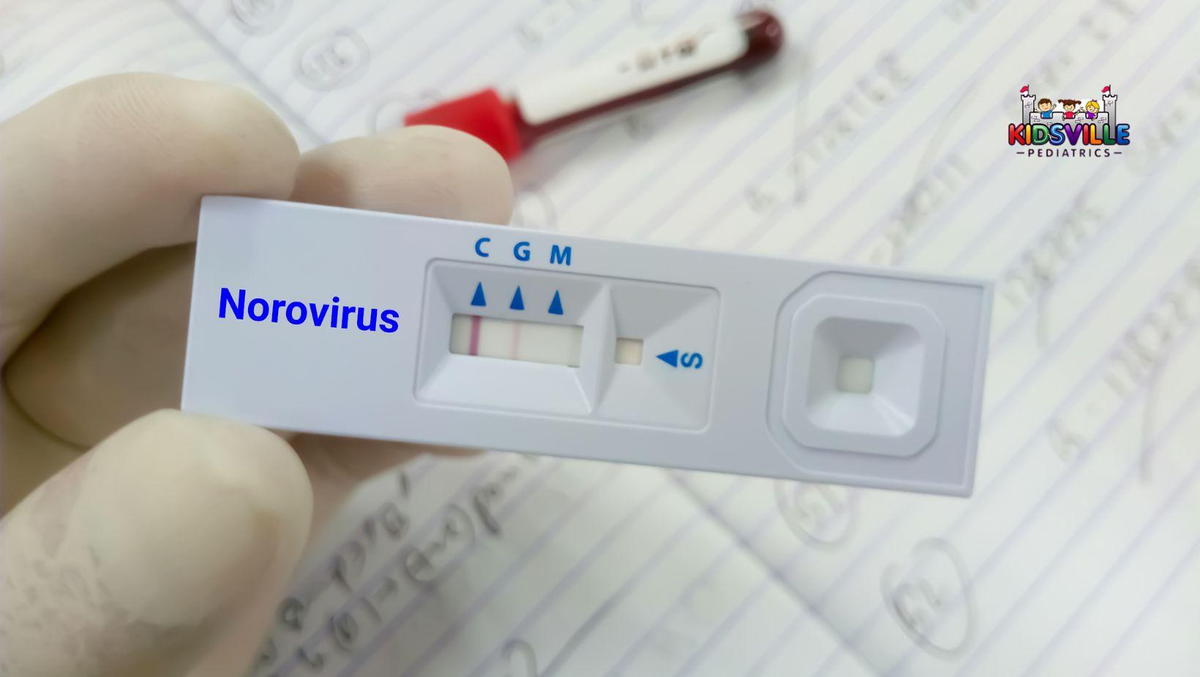
Recreational water illnesses (RWIs) are something to be aware of when enjoying summer fun. These illnesses can be caused by bacteria like Norovirus, Giardia, and E. coli, which lurk in lakes, pools, hot tubs, and water parks. They can lead to symptoms like diarrhea, stomach cramps, and nausea.
To prevent RWIs, it's important to take a few precautions. First, avoid swimming if you have diarrhea, as this can spread harmful bacteria to others. Always cover any cuts or wounds with waterproof bandages to prevent bacteria from entering your body. Changing diapers away from pool areas and never swallowing pool water are also essential to reduce the risk of contamination.
Proper maintenance of swimming facilities by staff is crucial too. They should regularly test and treat the water to maintain safe chlorine and pH levels, which help kill bacteria. Showering before entering the water can also help reduce the introduction of contaminants.
If you or your child develop symptoms like diarrhea after swimming in a pool or lake, it's important to seek medical advice. Most RWIs can be treated with rest and hydration, but some may require specific medications.
By being mindful of these tips and practicing good hygiene around water, you can enjoy a summer full of safe and healthy water play with your family.
4. Heat Rash
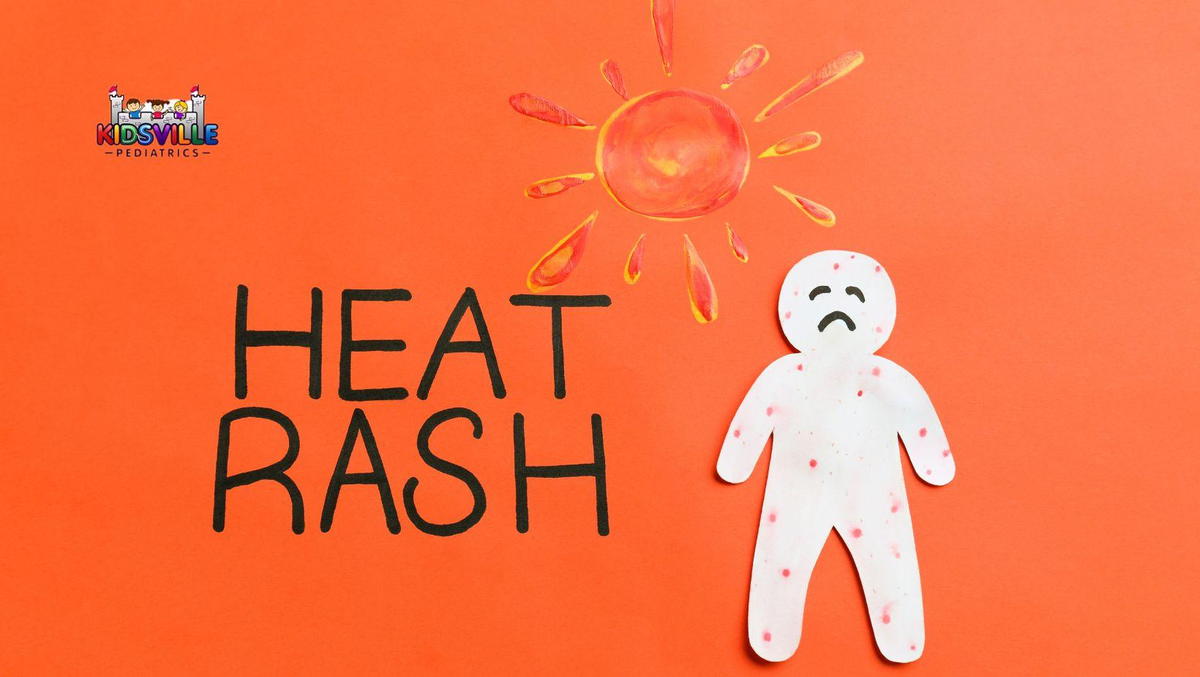
Heat rash isn't usually serious, but it can be itchy and uncomfortable for your child. Keeping their skin cool and dry is key to preventing and managing heat rash. Dress them in lightweight, loose-fitting clothing made of breathable fabrics like cotton. Avoid tight clothing that can trap sweat against the skin.
When it's hot outside, encourage your child to stay in shaded or cool areas. Use fans or air conditioning to help lower the temperature indoors. If they do get overheated, gently pat their skin with a cool, damp cloth to soothe any irritation.
Avoid using heavy lotions or creams on areas prone to heat rash, as these can further block sweat glands. Instead, opt for mild, non-irritating moisturizers or calamine lotion to relieve itching.
If your child's heat rash doesn't improve or seems severe, consult a pediatrician at Kidsville Pediatrics Southlake. They can recommend appropriate treatments or assess if there are other factors contributing to the rash. By taking these simple steps, you can help your child stay comfortable and rash-free throughout the summer, allowing them to enjoy outdoor activities without unnecessary discomfort.
3. Bug Bites
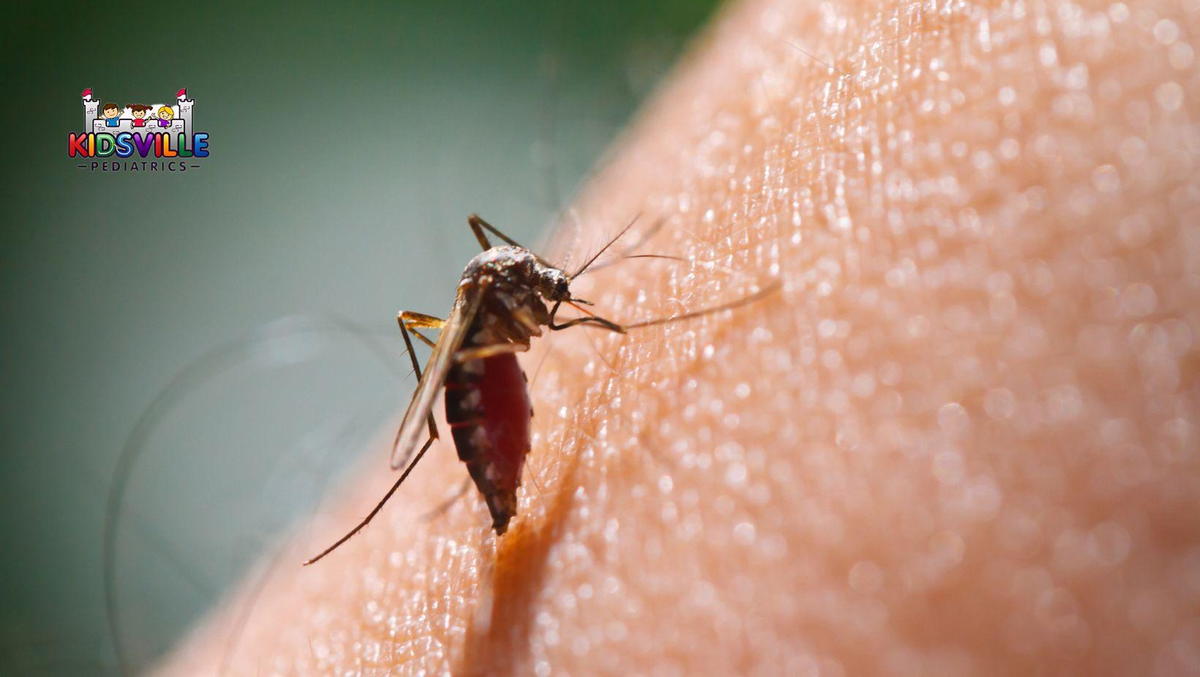
Summer brings lots of outdoor fun, but it also brings bugs that love to bite. For kids, these bites can be itchy and sometimes painful. Mosquitoes, ticks, and even ants can leave their mark, causing redness, swelling, and irritation on your child's skin.
When it comes to mosquito bites, prevention is key. Use insect repellent with DEET, picaridin, or oil of lemon eucalyptus when your child is outdoors, especially in wooded or grassy areas. Dress them in long sleeves and pants when possible, and avoid scented lotions or perfumes that can attract bugs.
Ticks are another concern, as they can transmit diseases like Lyme disease. Check your child's skin and scalp thoroughly after they've been playing outside, especially in areas where ticks are common. Remove any ticks promptly with tweezers, pulling straight out without twisting.
If your child does get bitten, soothe the itchiness with cool compresses or anti-itch creams like hydrocortisone to alleviate symptoms of the most common illnesses. Avoid scratching, as this can lead to infection. For allergic reactions or severe bites, consult a pediatrician. They may recommend antihistamines or other treatments to provide relief.
Teaching your child about bugs and how to avoid bites can empower them to protect themselves from the most common illnesses. Encourage them to stay away from nests or swarms of insects and to avoid playing in areas with standing water where mosquitoes breed.
By staying vigilant and taking these precautions, you can minimize the discomfort of bug bites and ensure your child enjoys a safe and itch-free summer outdoors. If you have any concerns about bug bites or need advice on how to manage them, don't hesitate to reach out to Kidsville Pediatrics Southlake for guidance.
2. Swimmer’s Ear
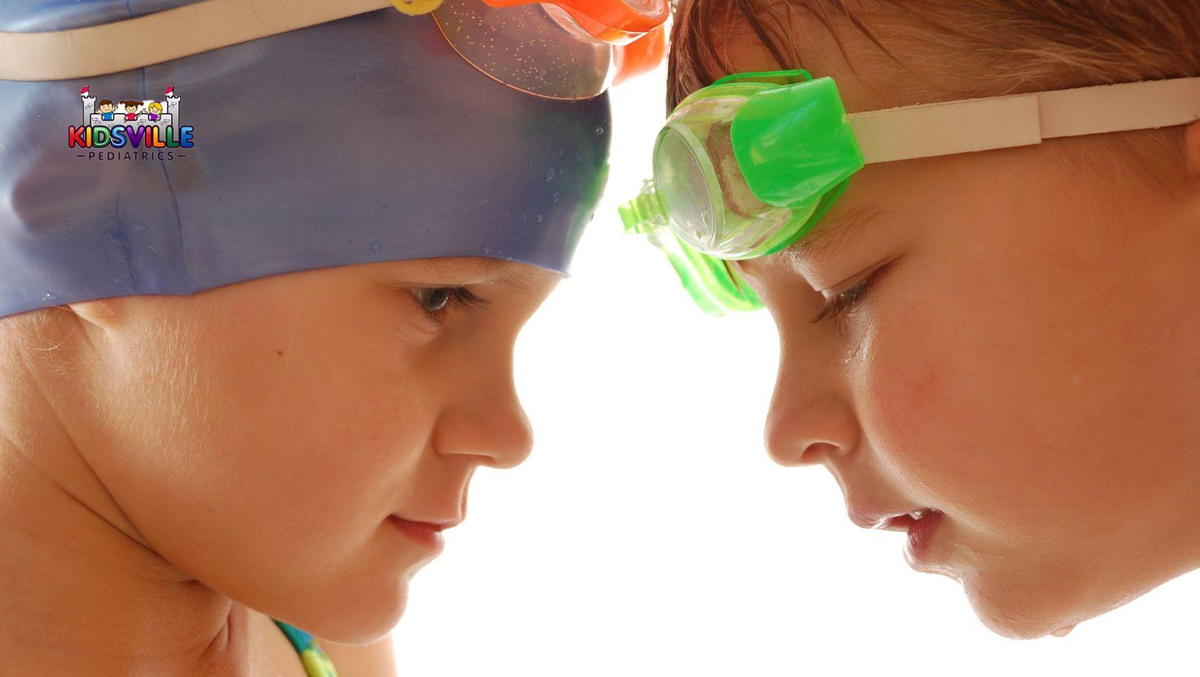
Swimmer's ear can put a damper on your child's summer fun, but it's a common issue that can be managed. It happens when water gets trapped in the ear canal, creating a moist environment where bacteria can grow. This often occurs after swimming or bathing in water that isn't clean.
Symptoms include ear pain that worsens when you pull on the earlobe, itching inside the ear, and sometimes drainage of clear, odorless fluid. If your child complains of ear discomfort after swimming, it's essential to dry their ears thoroughly with a towel or use a hairdryer on a low, cool setting to evaporate any remaining moisture.
Avoid inserting cotton swabs or other objects into the ear canal, as this can push wax deeper and potentially damage the ear canal lining. Instead, encourage your child to tilt their head to the side to allow water to drain out naturally. Over-the-counter ear drops can help dry excess moisture and relieve mild discomfort.
If symptoms persist or worsen, such as increased pain, swelling, or discharge from the ear, consult a pediatrician. They can prescribe ear drops with antibiotics to treat bacterial infections and recommend pain relievers if needed.
To prevent swimmer's ear, consider using earplugs designed for swimming or applying a few drops of a mixture of equal parts white vinegar and rubbing alcohol into each ear after swimming. This helps dry out excess moisture and maintain the ear's natural acidity, which discourages bacterial growth.
With these simple precautions and remedies, you can help your child enjoy a summer of swimming without the worry of swimmer's ear.
1. Oak/Poison Ivy/Sumac

Dealing with plants like oak, poison ivy, and sumac during summer can be a nuisance for kids. These plants contain oils that cause skin irritation upon contact, leading to redness, swelling, and itching. The reaction varies from mild discomfort to more severe rashes, depending on sensitivity.
Teaching your child to recognize these plants can help prevent contact. Look out for clusters of three shiny leaves on poison ivy and sumac, and avoid touching any plants with fuzzy leaves. If your child does come into contact with these plants, wash their skin thoroughly with soap and water as soon as possible to remove the oils.
If a rash develops, soothe it with cool compresses or calamine lotion to relieve itching. Avoid scratching, as this can lead to infection. Over-the-counter antihistamines can help reduce itching and discomfort. For more severe reactions or if the rash covers a large area, consult a pediatrician Southlake expert. They may prescribe corticosteroid creams or oral medications to ease inflammation.
Clothing can provide some protection. Dress your child in long sleeves, pants, and gloves when hiking or playing in areas where these plants grow. Washing clothes and shoes after outdoor activities can also prevent the oils from spreading.
By being vigilant and teaching your child how to avoid and treat exposure to these plants, you can minimize the discomfort and enjoy a safe and itch-free summer outdoors.
Conclusion
In conclusion, navigating the summer months with your kids requires awareness and preparation to keep them healthy and happy. From sunburns to swimmer's ear, bug bites to food poisoning, and everything in between, understanding these most common illnesses in summer ailments empowers you to protect your children more effectively. By incorporating simple habits like applying sunscreen, using insect repellent, and teaching them about plant hazards, you can minimize risks and maximize their enjoyment of outdoor activities.
Remember, early recognition of symptoms and prompt action are crucial for maintaining their well-being throughout the season. With proactive care and the right knowledge, you can ensure that minor setbacks don't overshadow the joys of summer fun.
At Kidsville Pediatrics Southlake, we're committed to supporting you with practical advice and medical expertise to address any concerns. By working together, we can ensure your family's summer adventures are filled with fun, laughter, and good health. Stay informed, stay prepared, and enjoy making lasting memories with your children this summer!
